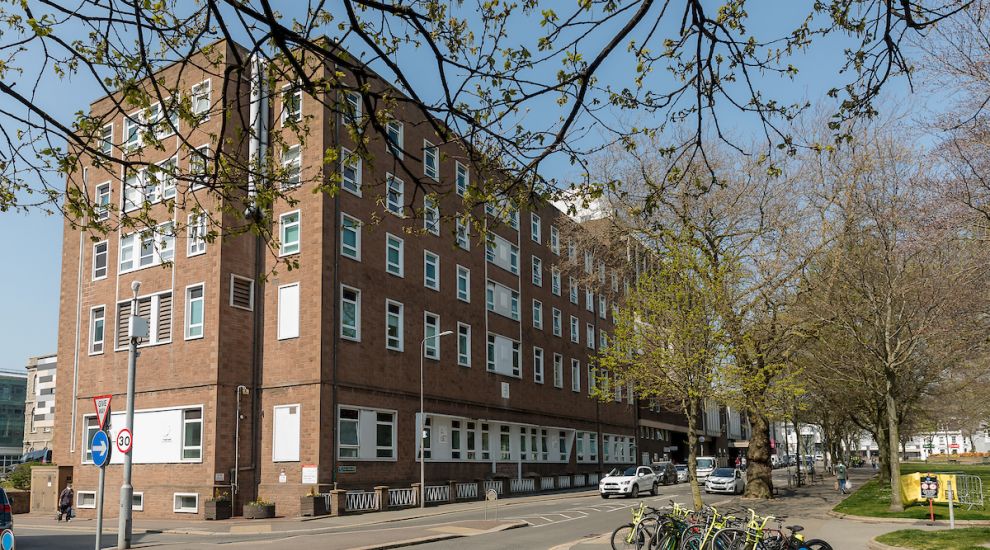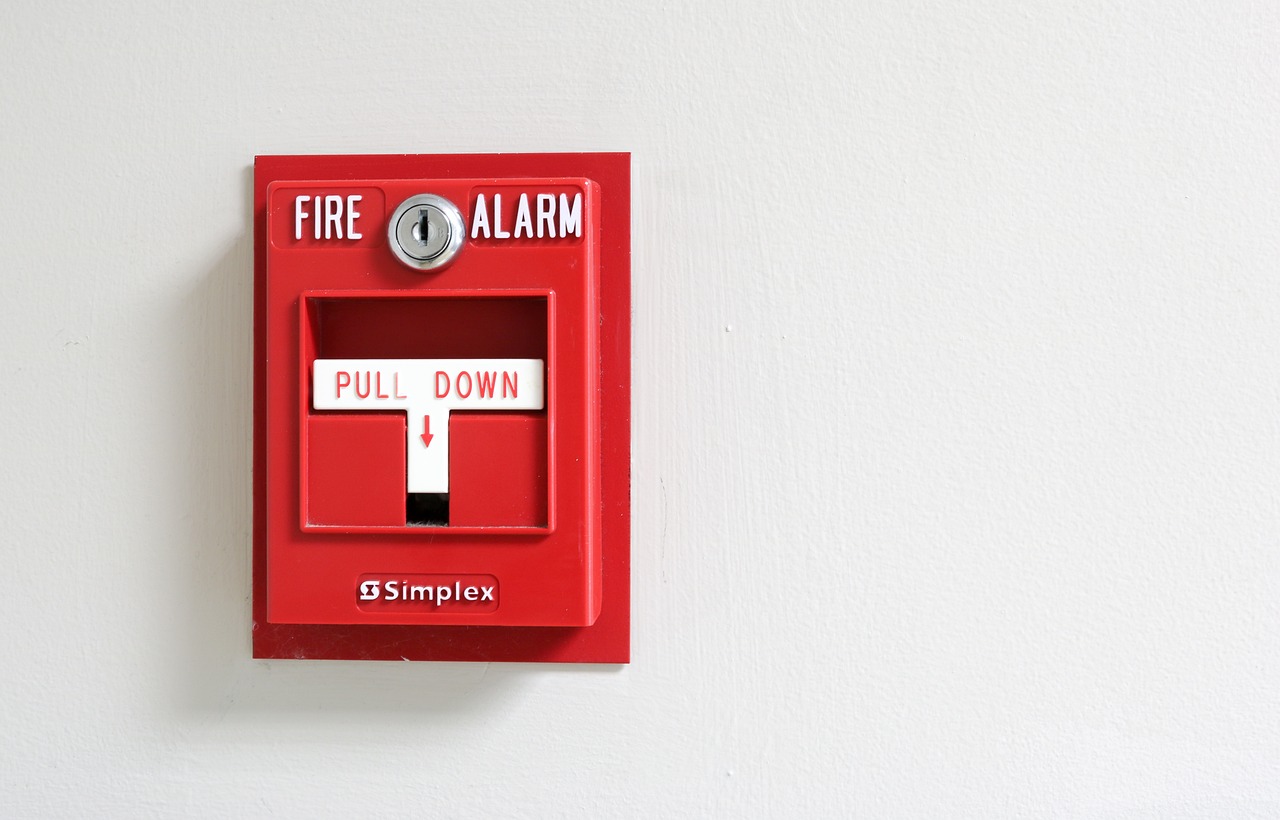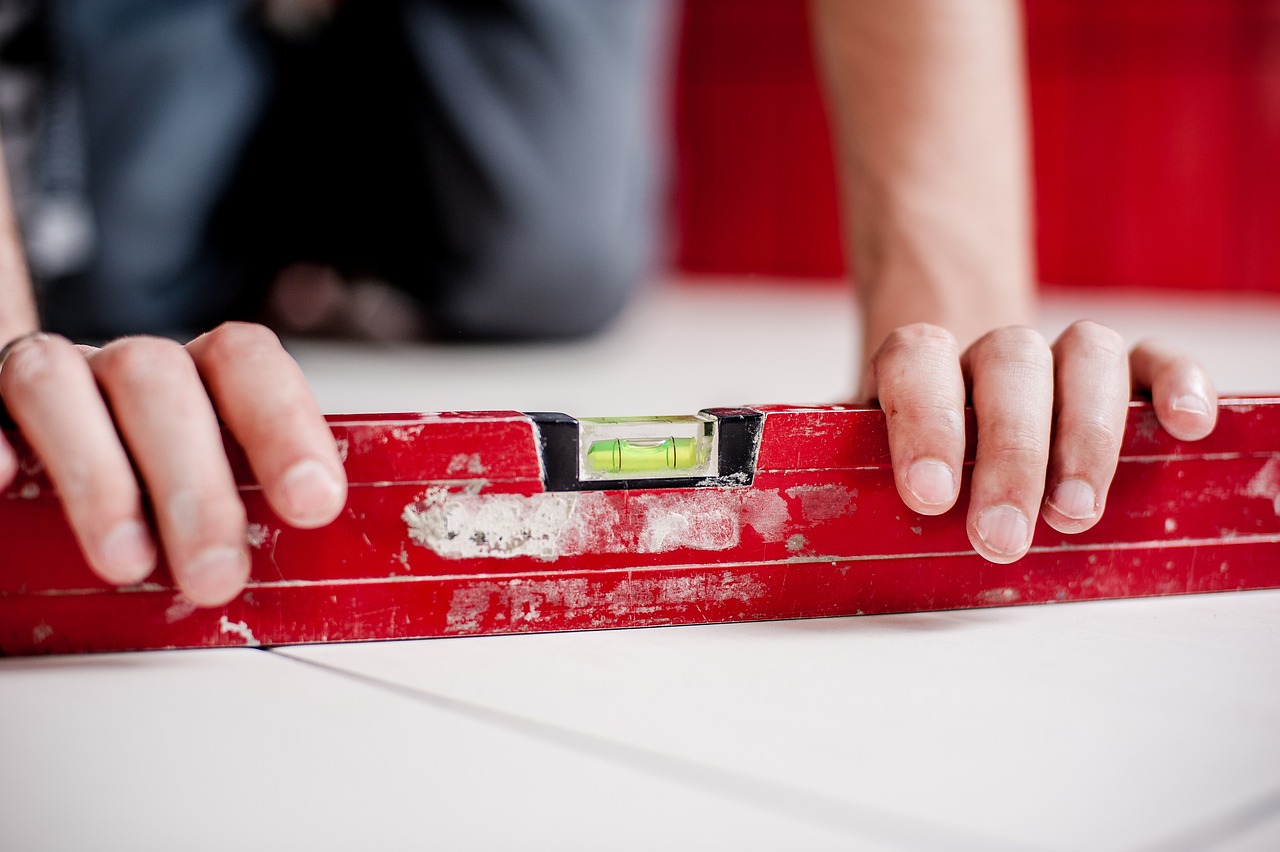


More than 5,500 unexpected 'ailments' have been identified at the General Hospital in the past year alone, it has emerged.
It has been widely accepted for some time that Jersey’s General Hospital struggling, creaking under the growing demand for healthcare.
Indeed, the new £30,000 Government review of the 'Our Hospital Project' - which recommended scrapping the Overdale project in favour of a multi-site approach - dedicates an entire section explaining in detail the challenges facing the Jersey General Hospital.
Here, Express provides a summary of all the ailments facing the current hospital...
According to the report, the hospital has known areas chock-full of Asbestos. These areas are managed via 'Asbestos Management Plans'.
Each block has its own plan that is reviewed and updated every six months by an external specialist, with known asbestos encapsulated and/or removed during gradual refurbishments.
In the event of any major construction work, the asbestos situation will require daily management, the report says.
While the hospital does have “very good” fire management policies in place, there is still a substantial risk of fire, according to the report.

Pictured: Significant work will need to be undertaken to improve the General Hospital's fire safety.
There is no fire sprinkler system and there is a significant risk for fire and smoke spread due to inadequate internal fire compartmentation.
Of the 500 assessed fire doors, the majority require immediate remedial work or complete replacement. Internal construction over the hospital's lifespan has meant that the walls between wards and departments no longer offer effective fire separation and many of the old fire dampeners used throughout the heating and ventilation systems are now in urgent need of replacement because they are either in a state of disrepair or are not up to modern standards.
There is antiquated equipment all over the hospital, with some key infrastructure more than 30 years old.
Certain air handling installations have had to be added externally to the dedicated air handling rooms, while medical gas infrastructure has inadequate valves, making it difficult to isolate blocks in the event of a leak.
The report also notes that the drainage systems are below standard causing backed-up sewage (yes, really), there isn’t enough space to safely store medical gas bottles, most of the electrical services have exceeded their design life or aren’t up to standard and the ventilation is inadequate.
Ironically, the report notes that any major improvement work that might be undertaken in or around the hospital will worsen the already inadequate ventilation - they will have to shut all the windows to keep the dust out.
The physical fabric of the hospital is not up to scratch either. Windows have been blown, aluminium panels offer poor insulation and flat roof areas need to be repaired.
The report notes that there are ceiling tiles with “infection control issues” that need to be completely replaced, but there isn’t enough space to transfer the patients from troublesome areas, so they're staying.

Pictured: Many hospital facilities don't match up to modern standards.
Moreover, the support areas don’t meet up to modern requirements - there simply isn’t enough room to space patients out properly, to provide single bedrooms or pressurised lobbies. Trying to improve these areas is all but impossible without significantly interrupting patient experience and any attempt to do so has to agree stoppage times for breakfast, lunch and dinner. It's also noted that the dust kicked up by such projects could lead to an increase in the risk of Aspergillus, a respiratory infection caused by concrete dust.
The Health and Community Services Department, which is responsible for the maintenance of the hospital, has an overall annual budget of £10m. Maintenance and material costs sit at just over £5m per year with a further £1.7m going towards servicing medical equipment. This budget is acknowledged by the Government to be insufficient and is forecast to be overspent this year mostly due to “unplanned reactive maintenance" - in other words, unforeseen equipment faults or failures.
The sheer amount of maintenance that the hospital requires on a regular basis is staggering. This falls into two categories – planned and unplanned. Whereas unplanned is any unforeseen issues, planned maintenance is regularly scheduled maintenance designed to keep the hospital running efficiently and to reduce equipment downtime.
The report says that, this year alone, the Health and Community Services Department scheduled 8,902 maintenance activities. 5,404 of these related to the Jersey General Hospital. Similarly, there were 8700 reactive or unplanned maintenance requests. 5,500 of these are for the hospital.
Unfortunately, the report appears to suggest that the cure might do more damage than the disease.
Many areas of the hospital require major maintenance work. However, most areas of the hospital are already running at full capacity. As such, the ability to close certain areas of the hospital for long periods of time in order to make improvements is extremely limited and will certainly have adverse effects on current healthcare provision.

Pictured: Any major building work at the hospital presents significant challenges.
Contractors will also have to follow Infection, Prevention and Control regulations. These measures are aimed at reducing the spread of infection throughout the hospital as a result of construction work. Such measures are extremely restrictive and include sealing off areas where there will be significant dust production, managing footfall and maintaining carefully planned access routes for both contractors and the public. One particularly restrictive rule concerns the removal of ceiling tiles; if two or more ceiling tiles are removed at one time, stage must clean the area with Hydrogen Peroxide Vapour to disinfect it. As such, any major work is liable to face frustrating disruptions.
Moreover, the state of the construction industry is likely to pose a challenge in itself. The report claims that whilst there are a number of medium and large companies in Jersey that have experience working in a Hospital Environment, the current high level of demand for building services, particularly in mechanical and electrical trades, means that it may be difficult to procure contractors.
Moreover, the report acknowledges the “boom” in inflation around material prices, meaning that any construction project is likely to hit already stretched budgets even harder.
Our Hospital(s)? Gov review proposes multi-site solution
FOCUS: How much more “affordable” would a multi-site hospital be?
TIMELINE: How long until we get a new multi-site hospital?
Les Q could be a mini-hospital for 25 years... for an extra £2m
Bowls club and road "likely" to stay, if multi-site hospital plan accepted
Key players share first reactions to the £30k hospital review
"Get on with it!" - Social media reacts to hospital plan pivot
Comments
Comments on this story express the views of the commentator only, not Bailiwick Publishing. We are unable to guarantee the accuracy of any of those comments.